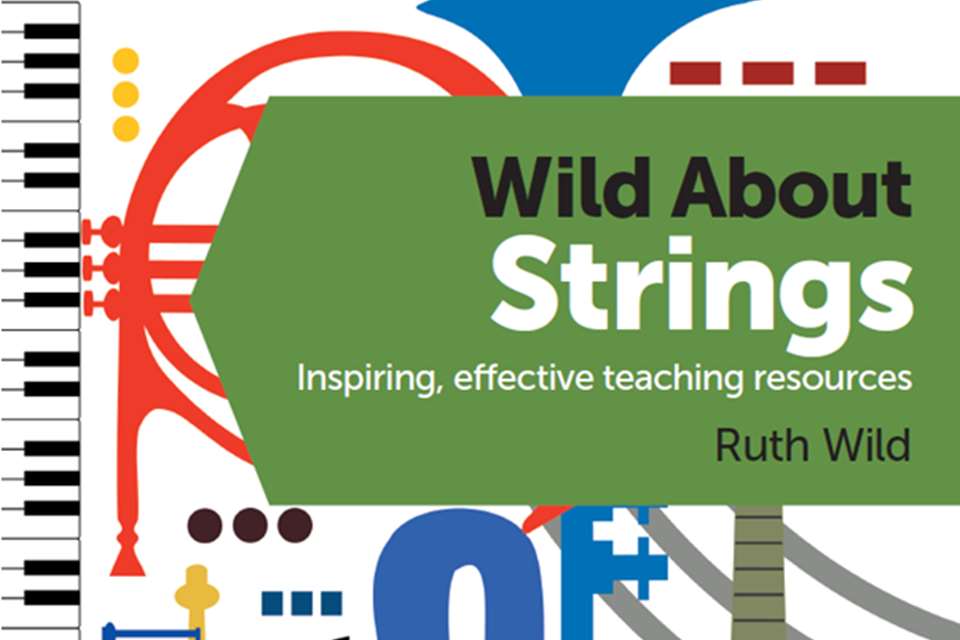Book reviews: Suzuki: The Man & His Dream
Helena Ruinard
Saturday, April 1, 2023
Helena Ruinard reviews a comprehensive study on the ground-breaking educator.

Shinichi Suzuki (1898–1998) and the approach that came to be branded as the 'Suzuki Method' achieved phenomenal results in playing terms – of that there is no doubt. His first child pupils from the 1930s developed prodigiously, performing concertos at five or six years old and garnering nationwide praise and accolades. After realising his calling in the 1930s and developing his approach through times of great change, by the 1950s Suzuki’s belief that any child could play was being borne out in skilled, joyful performances by massed ranks of children. David Oistrakh, Leonid Kogan and Pablo Casals were among the European luminaries touring Japan who were amazed and delighted by these performances. Footage from the 1955 First National Convention of Suzuki’s Talent Education Research Institute reveals 1200 children taught by him or his trainees, performing with ease in front of an audience of 20,000. Thanks to the violinist John Kendall, that footage eventually made its way to music educators in the US where the approach took on a life of its own and was reverse-introduced to Japan in the early 1980s as the Suzuki Method.
To understand what inspired and drove this indefatigable man, the historian Eri Hotta has delved deep not only into his family and personal story but into political, social and economic movements that shaped Japan in the first half of the century. She cites Suzuki himself on key moments from his formative years and sets them in context, making it clear when his recollection may have been impeded by the passage of time. We get a tour behind the scenes of what can appear to be a talent factory, and Hotta brings out the broader purpose behind the movement – socially, educationally and artistically.
By the time he was 17, Suzuki was a sensitive and high-minded youth, so when he heard a recording by Mischa Elman on his family’s phonograph he was deeply struck by how beautiful a violin could sound, despite having been surrounded by the instruments at his father’s factory throughout his childhood. He wanted to play although he had no thought of becoming a professional musician. After a few years working for his father’s business mass-producing mid-range violins, however, he was persuaded to study music formally. In his mid-twenties, with a generous stipend from his father, he set off to pursue his musical education in Berlin.
Suzuki attended concerts in Berlin almost every night for three months before he found the master he wanted to learn with. Hearing the Klingler Quartet that evening, he said, was like hearing ‘music of the soul’, and he was especially captivated by the ‘unwavering, secure and restrained’ technique of its leader, Karl Klingler. He was to study privately with Klingler for the rest of his twenties, developing and refining his playing through an assortment of repertoire rather than studies and eventually focusing on chamber music. With the stipend, he was free to pursue his studies without a particular career plan or even certificate in his sights. Klingler hardly took any pupils on but it seems he was won over by Suzuki’s devotion to truth and beauty.
Returning to Japan to attend to his dying mother, and with his new wife to look after, Suzuki took a position at the Imperial Academy, teaching advanced students of any age or background. This enrolment philosophy sat well with him as a follower of the egalitarian and even anti-authoritarian ideas which prevailed in the 1910s and ‘20s. With nascent theories about early childhood learning, and a natural affinity with children, he found himself with some of the youngest pupils. His theory that any child can become fluent in music in the same way that any child can learn to speak a language was proving itself.
As Japan emerged from the Second World War, traumatised by the losses it had sustained and caused, there was a keen need for the nurture and love that Suzuki espoused in his teaching. He set up a group learning programme in Matsumoto and it became a community hub.
Suzuki had radical ideas, too, on elementary education in general. While he was recuperating from an illness in 1945, he came up with activities for teaching elementary maths, which Toru Kumon, founder of the Kumon maths approach, was to borrow with Suzuki’s blessing. Repetition, memorisation, games, physical activity and incremental learning at the student’s pace are ideas common to both methods.
Hotta concludes with the suggestion that the Suzuki approach is and always was to set the individual free to live life to its fullest and richest. The many top-flight musicians and other high fliers who started with the Suzuki Method are testament to this; but I am equally impressed by how many less celebrated former students share a joyful and unhindered approach to life and music.
Arguments about whether the approach provides a balanced musical education and whether or not it is beneficial will go on, but this authoritative and accessible book goes a long way to dispel myths surrounding Suzuki and to recalibrate our understanding. Hotta’s warm and clear-eyed account draws our attention to so many fascinating links with history and between the people in this story. It is an enjoyable and important read for anyone interested in Japan, music or education.



